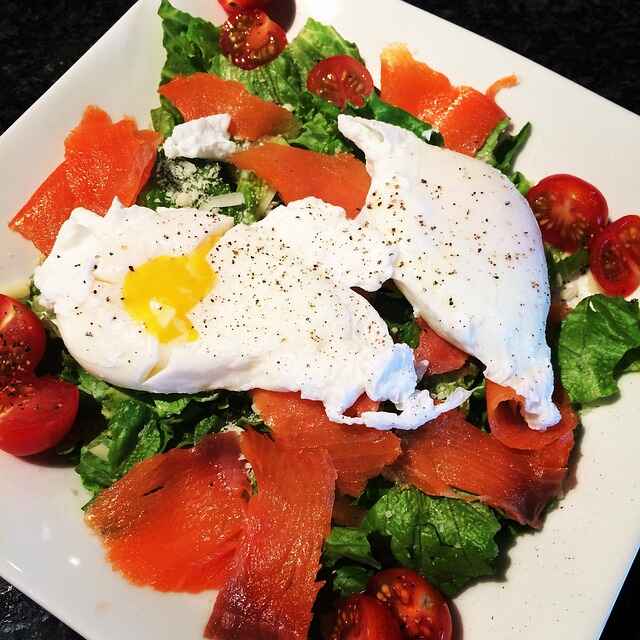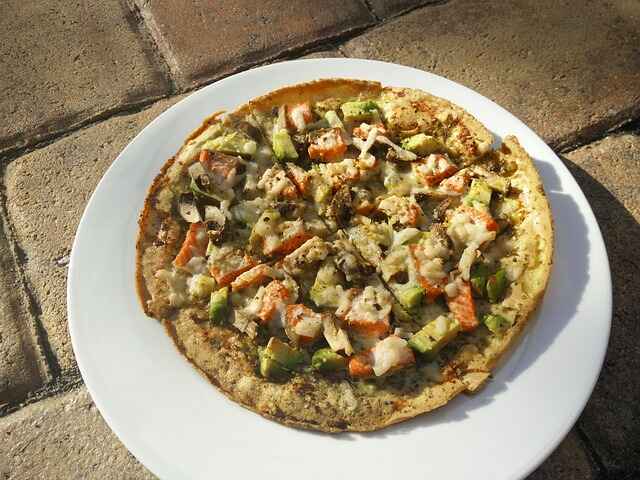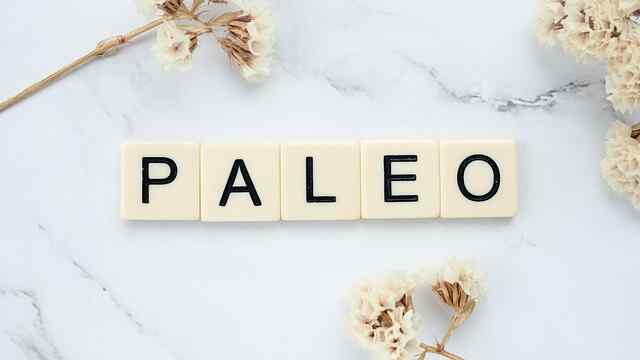What Is a Paleo Diet?
The paleo diet is similar to what early humans’ hunter-gatherer ancestors consumed. Even though it’s tough to pinpoint exactly what human predecessors consumed in various regions of the world, scientists think their diets mostly comprised complete foods.
Hunter-gatherers probably had a significantly lower incidence of lifestyle diseases including obesity, diabetes, and heart disease because they lived an active lifestyle and ate a diet centred on nutritious foods. In reality, a number of studies indicate that this diet can result in significant weight loss (without calorie counting) and significant health advantages. (Source)
How Can A Paleo Diet Help You Lose Weight?
- Eat more veggies: They provide fibre and a few calories, which will keep you feeling full for longer.
- Eat a variety of fruits: Fruit is wholesome and wonderfully filling. Aim for 2 to 5 pieces per day.
- Prepare in advance: Make a few meals in advance to get you through your hectic days and avoid temptation.
- Get plenty of sleep: The hormones that help you burn fat are maintained by getting a good night’s sleep.
- Stay active: Regular exercise increases calorie burn and speeds up weight loss.

How Paleo Diet Is Helpful For Diabetes And Prediabetic
The diet has become incredibly popular in recent years, with many of its supporters praising its positive effects on health, particularly as a successful method of weight loss and health improvement. According to a 14-person study, patients with type 2 diabetes who ate paleo were able to drastically drop their cholesterol and blood pressure in just two weeks while also stabilizing their blood sugar levels.
Other Health Benefits Of the Paleo Diet
A paleo diet low in simple carbs, salt, and sugar and high in fiber, potassium, and antioxidants can be a nutritious diet. It places a strong emphasis on grass-fed, organic, local, and sustainable meat sources. You may be able to meet your nutritional needs with a paleo diet that is high in fruits and vegetables.
Also Read: All About Mediterranean Diet: A Detailed Guide On Mediterranean Diet For Beginners!!!
Foods That You Can Eat On Paleo Diet
Paleo foods that are entire and unprocessed should be the foundation of your diet:
- Meat: Beef, lamb, chicken,
turkey, pork, and others. - Fish and seafood:
Salmon, trout, haddock, shrimp, shellfish, etc. Choose wild-caught if you can. - Eggs: Choose free-range,
pastured or omega-3 enriched eggs. - Vegetables: Broccoli, kale, peppers,
onions, carrots, tomatoes, etc. - Fruits: Apples, bananas,
oranges, pears, avocados, strawberries, blueberries and more. - Nuts and seeds: Almonds, macadamia nuts, walnuts, hazelnuts, sunflower seeds, pumpkin seeds and more.
Foods To Avoid In Paleo Diet
Avoid these foods and ingredients:
- Sugar and high-fructose corn syrup: Soft drinks, fruit juices, table sugar, candy, pastries, ice cream and many others.
- Grains: Includes breads and pastas, wheat, spelt, rye, barley, etc. Legumes: Beans, lentils and many more.
- Dairy: Avoid most dairy, especially low-fat (some versions of paleo do include full-fat dairy like butter and cheese).
- Some vegetable oils: Soybean oil, sunflower oil, cottonseed oil, corn oil, grapeseed oil, safflower oil, and others.
- Artificial sweeteners:
Aspartame, sucralose, cyclamates, saccharin, acesulfame potassium. Use natural sweeteners instead. - Highly processed foods:
Everything labeled “diet” or “low-fat” or has many additives. Includes artificial meal replacements.

Paleo Diet Tips And Tricks
Basics are as follows:
Consume: Vegetables, fruits, fish, meat, eggs, nuts, seeds, herbs, spices, and wholesome fats and oils. Avoid trans fats, margarine, processed meals, sugar, soft drinks, grains, most dairy products, legumes, and artificial sweeteners.
Side Effects Of the Paleo Diet
The paleo diet is a way of eating meant to resemble the dietary pattern of human ancestors during the Palaeolithic era, which took place about 2.5 million years ago.
1. Diarrhea
Most people don’t consume nearly enough fiber on a daily basis. In fact, the majority of people in the United States only consume about 15 grams of fiber per day, which is well below the current recommendations. Experts say women under 50 should consume 25 grams per day and men under 50 should consume 38 grams per day.
2. Constipation
Some people think the paleo diet is a low-carb diet that’s high in animal protein, but that isn’t necessarily the case. Although the paleo diet cuts out common sources of carbs, such as grains, carb-rich snack foods, and added sugar, it’s rich in high-fiber foods like vegetables, fruits, nuts, and seeds.
If a person is following a paleo diet that’s very low in carbs and isn’t eating enough fiber from produce, nuts, and other paleo-friendly fiber sources, they could experience constipation. (Source)
Fatigue
Any diet that was poorly thought out can make you feel “odd” and have less energy than usual. A paleo diet that is overly limiting may result in low energy levels and fatigue. Too few calories or particular nutrients, like carbohydrates, are provided. Your muscles and liver both contain a type of energy known as glycogen. It serves as a rapid supply of fuel for your body. (Source)

Risk Of Paleo Diet
Deficiencies in calcium and vitamin D, which are essential for the health of your bones, can result from eating this way. Due to eating so much meat, you can also be consuming protein and saturated fat in excess of what is healthy. The risk of kidney, heart, and some types of cancer may increase as a result.
Also Read: All About Intermittent Fasting: A Detailed Guide For Beginners!!!
Conclusion
The paleo diet is a potentially healthy eating plan founded on the truth of the negative effects of modern, processed foods. However, overindulging in fatty meats, especially processed meats, can quickly transform this theoretically healthy diet into a catastrophe for your health.





